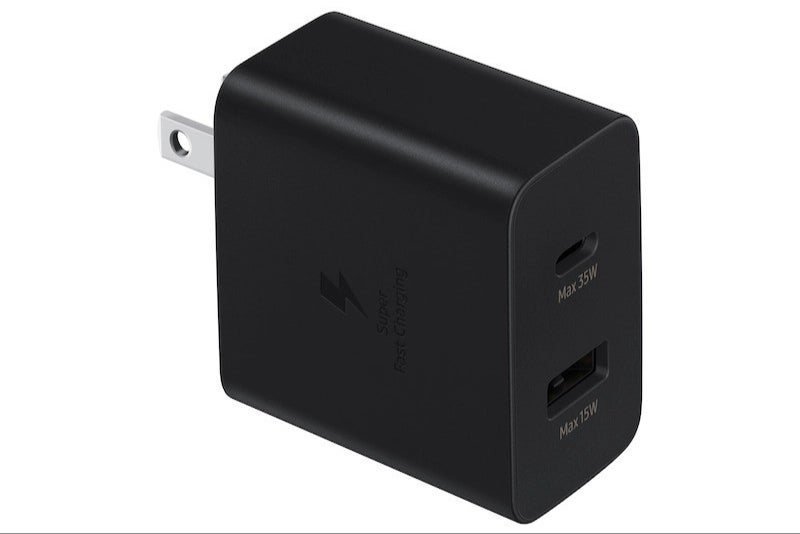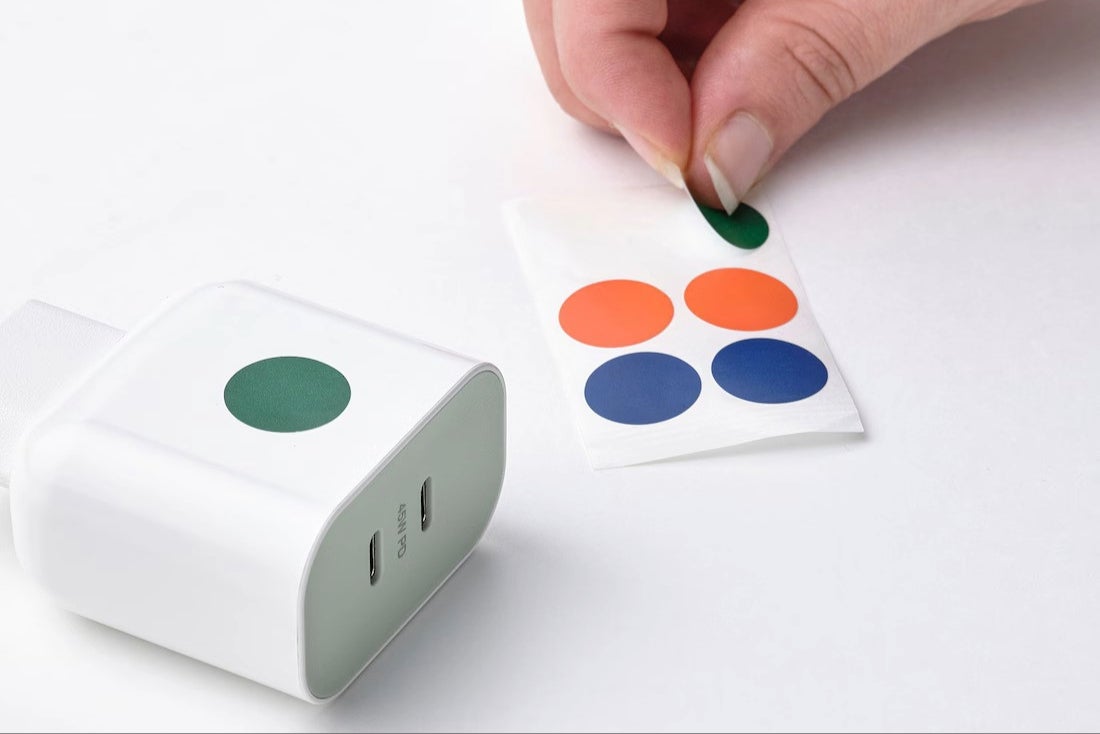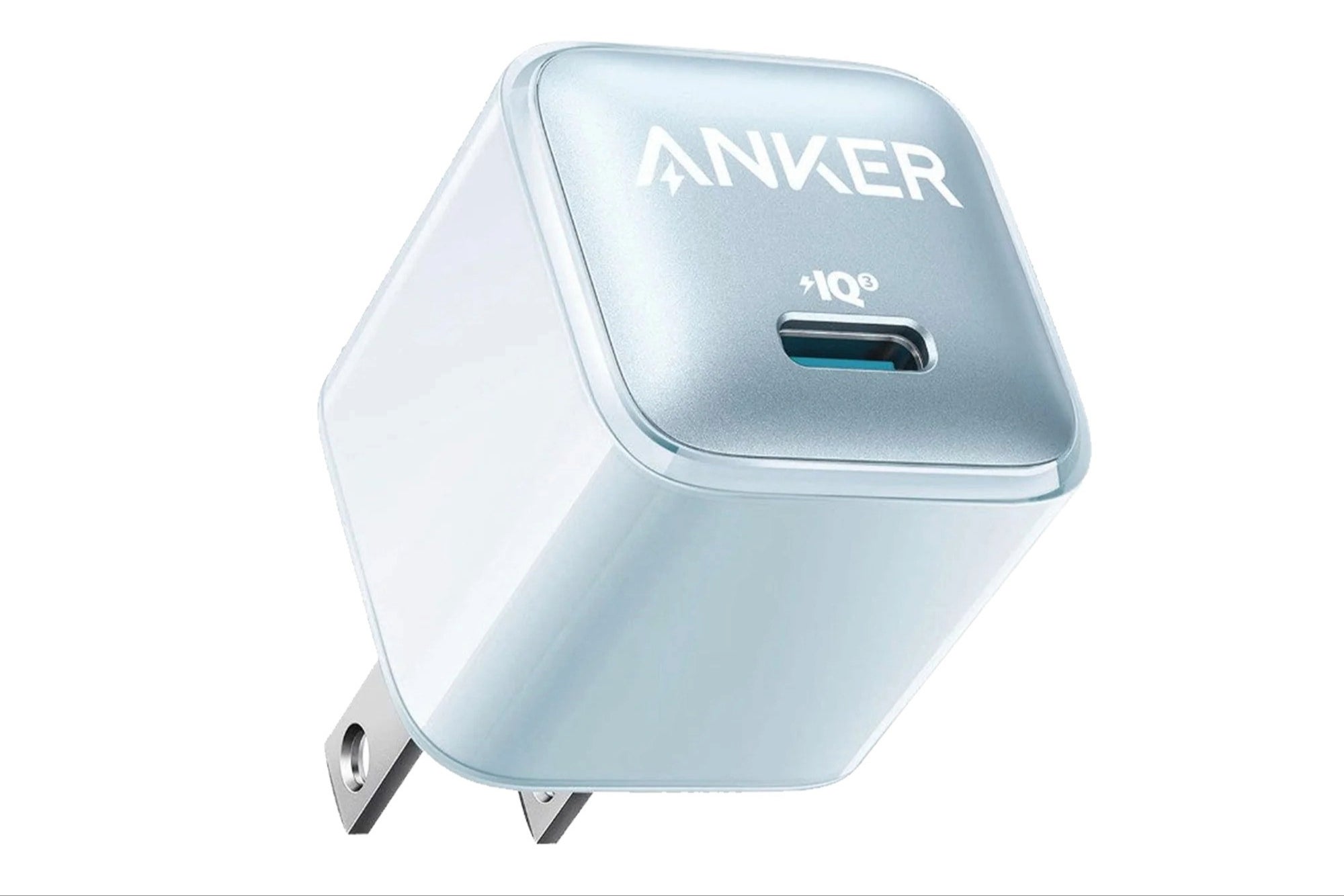I mean, we are looking at just $8 for a 30W charger and merely $15 for a dual 45W charger. These rather low prices got me thinking: Are the tech giants’ chargers just too pricey? Let’s take a closer look at the world of fast chargers.
Fast charging magic


The latest OnePlus 12 has a charger in the box (Image Credit–PhoneArena)
Nowadays, most mid-range and all flagship phones come with fast charging capabilities. It’s a game-changer because it slashes charging times significantly. But unless you are rocking a OnePlus or Motorola device, you are probably going to need to buy a fast charger separately.
Apple, Samsung, and Google? None of them toss a charger in the box, but they are more than happy to sell you one. The thing is, their prices are steep compared to other options out there.
- Apple 20W USB-C Power Adapter: $20
- Apple MagSafe Charger: $40
- Apple 35W Dual USB-C Port Compact Power Adapter: $59
- Samsung 25W PD Power Adapter: $20
- Samsung 45W Power Adapter with Cable: $50
- Samsung 35W Power Adapter Duo: $30
- Google 30W USB-C Charger: $25
Take Apple’s 20W USB-C Power Adapter for $20. It’s designed for fast and efficient charging from the iPhone 8 onwards. But that’s just for the adapter; if you need a cable, that’s extra, though you do get one with the phone, which is something, I guess. Apple also has the MagSafe Charger, a wireless option for the iPhone 12 and newer, setting you back $39.
Swinging over to Samsung, its 35W Dual Power Adapter goes for $30, allowing you to juice up two devices at once faster than Apple’s offering. For wireless charging, its cheapest option is the 15W Wireless Charger Duo for $70, charging two gadgets at Apple’s speed but at twice the price.


Samsung’s 35W Dual Power Adapter (Image Credit–Samsung)
Google’s not out of the game, offering a 30W USB-C Charger for $25 and various wireless options like the iON Wireless Duo, supporting up to 15W charging speed for $50.
Ikea’s got your back for just $8


Ikea’s 45W 2-port USB charger (Image Credit–Ikea)
Ikea, definitely not the first name you think of in tech, dropped two chargers that are easy on the wallet:
- A 45W 2-port USB charger for $15
- A 30W 1-port USB charger for $8
Yes, those prices are real, and they undercut the big tech companies by a mile. Ikea’s single charger offers up to 30W, outpacing Apple’s and matching Google’s. The duo charger from Ikea tops the speed of the rest, asking the question: why so cheap?
And it’s not just Ikea. Anker, a pro in power solutions, offers a wide array of chargers at prices that won’t make your wallet weep. The Anker 511 Nano, for example, matches Apple’s 20W speed but at nearly half the price. Why such a price gap?
The reason behind the price tag


Anker 511 Nano charger (Image Credit–Anker)
When wondering why Ikea or Anker can keep prices low, it mostly boils down to marketing. However, marketing might be just one of the reasons. Brands like Apple, Samsung, and Google might have higher prices due to a variety of factors, such as:
- Brand premium: These brands carry a reputation that commands higher prices, associating them with quality and status.
- R&D costs: The investment in innovation and unique features increases costs.
- Materials quality: Higher-quality components and safety features like overcharge protection raise production costs.
- Certifications: Meeting strict safety and performance standards costs money.
- Warranty and support: Offering solid customer service and warranties isn’t cheap.
- Ecosystem integration: Their products are designed to work seamlessly within their device ecosystem.
- Marketing and distribution: Extensive advertising and a global retail presence don’t come cheap.
- Profit margins: Higher margins on accessories mean more revenue.
Companies like Anker and Ikea, however, may cut costs through scale economies, lower marketing spending, or offering products with more universal compatibility, allowing them to price their chargers more affordably while maintaining quality.
As for the quality. From personal experience, after cycling through several official Apple chargers that all eventually broke, I switched to cheaper alternatives. Why pay top dollar every year for something that is going to fail anyway? Anker’s been my go-to for over a year now, and I’ve had zero issues with it.
We haven’t had a chance to test the Ikea chargers yet, but I’m open to giving them a whirl if I come across one. Even though Ikea isn’t a tech company, its reputation for quality at affordable prices makes me curious to see how its chargers stack up.
So, is it better to stick with chargers from your phone’s manufacturer? Sure, if you want to. But there are other options worth considering, especially if you are looking to save some cash. That said, it is wise to steer clear of off-brand chargers with dodgy quality. They might save you a few bucks upfront, but they could end up harming your device in the long run.
#Hold #Ikea #undercutting #Apple #Samsungs #pricey #power #adapters


